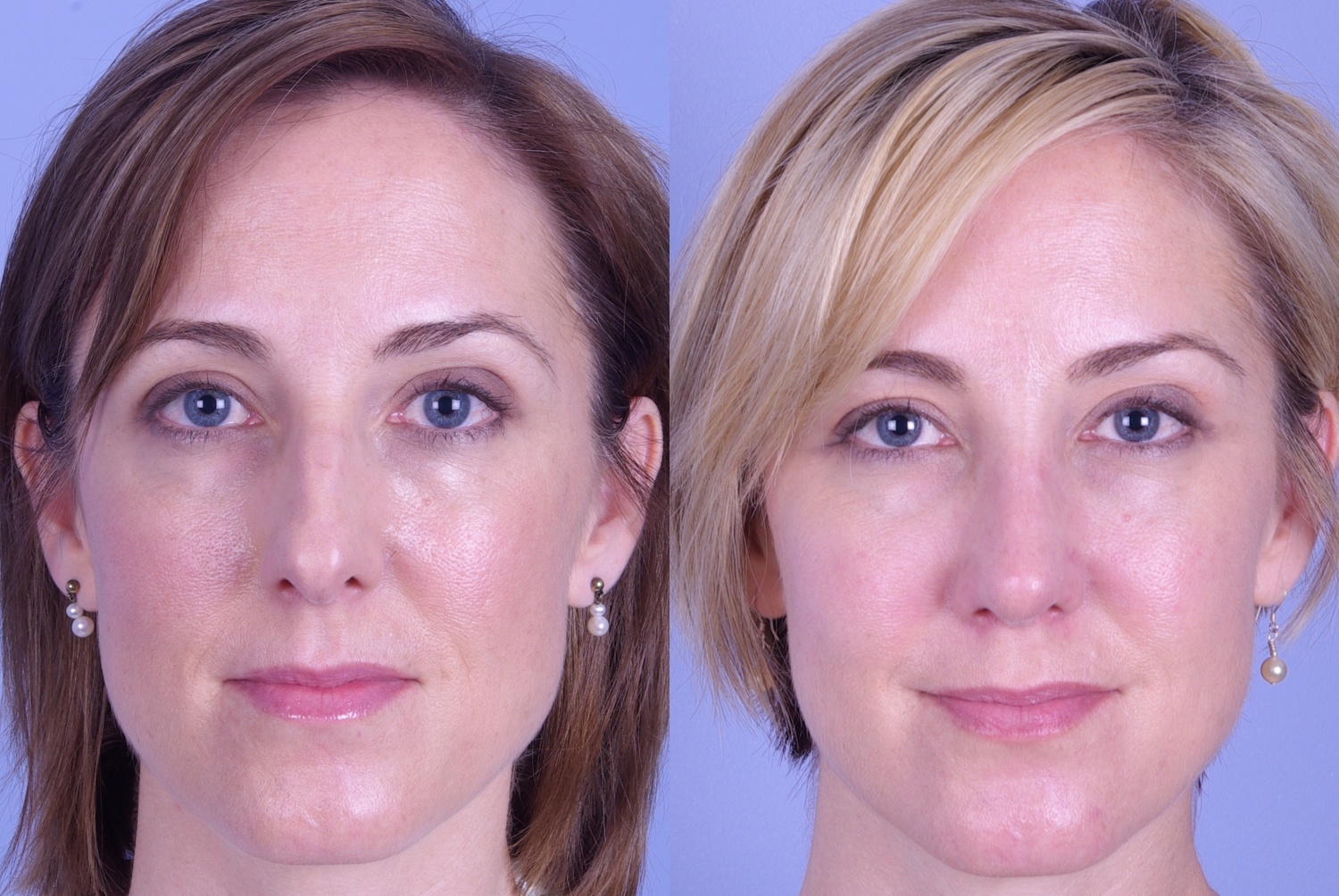A Biased View of Rhinoplasty - StatPearls - NCBI Bookshelf


Revision Rhinoplasty Before and After Photo Gallery - Orlando, Florida - Primera Plastic Surgery
Nose Reshaping Surgery Asheville - Rhinoplasty Fundamentals Explained
the elevator muscle group that includes the procerus muscle and the levator labii superioris alaeque nasi muscle. the depressor muscle group that includes the alar nasalis muscle and the depressor septi nasi muscle. the compressor muscle group that includes the transverse nasalis muscle. the dilator muscle group which consists of the dilator naris muscle that expands the nostrils; it remains in two parts: (i) the dilator nasi anterior muscle, and (ii) the dilator nasi posterior muscle.

B. The Latest Info Found Here of the nose nasal subunits and nasal segments [modify] To plan, map, and perform the surgical correction of a nasal defect or defect, the structure of the external nose is divided into 9 aesthetic nasal subunits, and 6 aesthetic nasal segments, which offer the plastic cosmetic surgeon with the steps for figuring out the size, level, and topographic location of the nasal problem or deformity.

What to Consider When Selecting a Surgeon for Your Rhinoplasty Revision: Houston Sinus Surgery: Ear, Nose & Throat Doctors
Our Rhinoplasty - Stanford Health Care Ideas
the dorsal nasal sector the lateral nasal-wall sections the hemi-lobule sector the soft-tissue triangle segments the alar segments the columellar segment Nose surgery: The Common carotid artery. Using the co-ordinates of the subunits and sections to identify the topographic area of the flaw on the nose, the cosmetic surgeon strategies, maps, and executes a rhinoplasty treatment.
Hence, if more than 50 percent of a visual subunit is lost (damaged, defective, ruined) the cosmetic surgeon replaces the whole visual section, normally with a local tissue graft, collected from either the face or the head, or with a tissue graft gathered from somewhere else on the patient's body. C. Nasal blood supply arteries and veins [edit] Like the face, the human nose is well vascularized with arteries and veins, and therefore provided with plentiful blood.
Excitement About Nose reshaping (rhinoplasty) - Cosmetic procedures - NHS
The external nose is supplied with blood by the facial artery, which becomes the angular artery that courses over the superomedial element of the nose. The sellar region (sella turcica, "Turkish chair") and the dorsal area of the nose are supplied with blood by branches of the internal maxillary artery (infraorbital artery) and the ophthalmic arteries that derive from the internal common carotid artery system.
